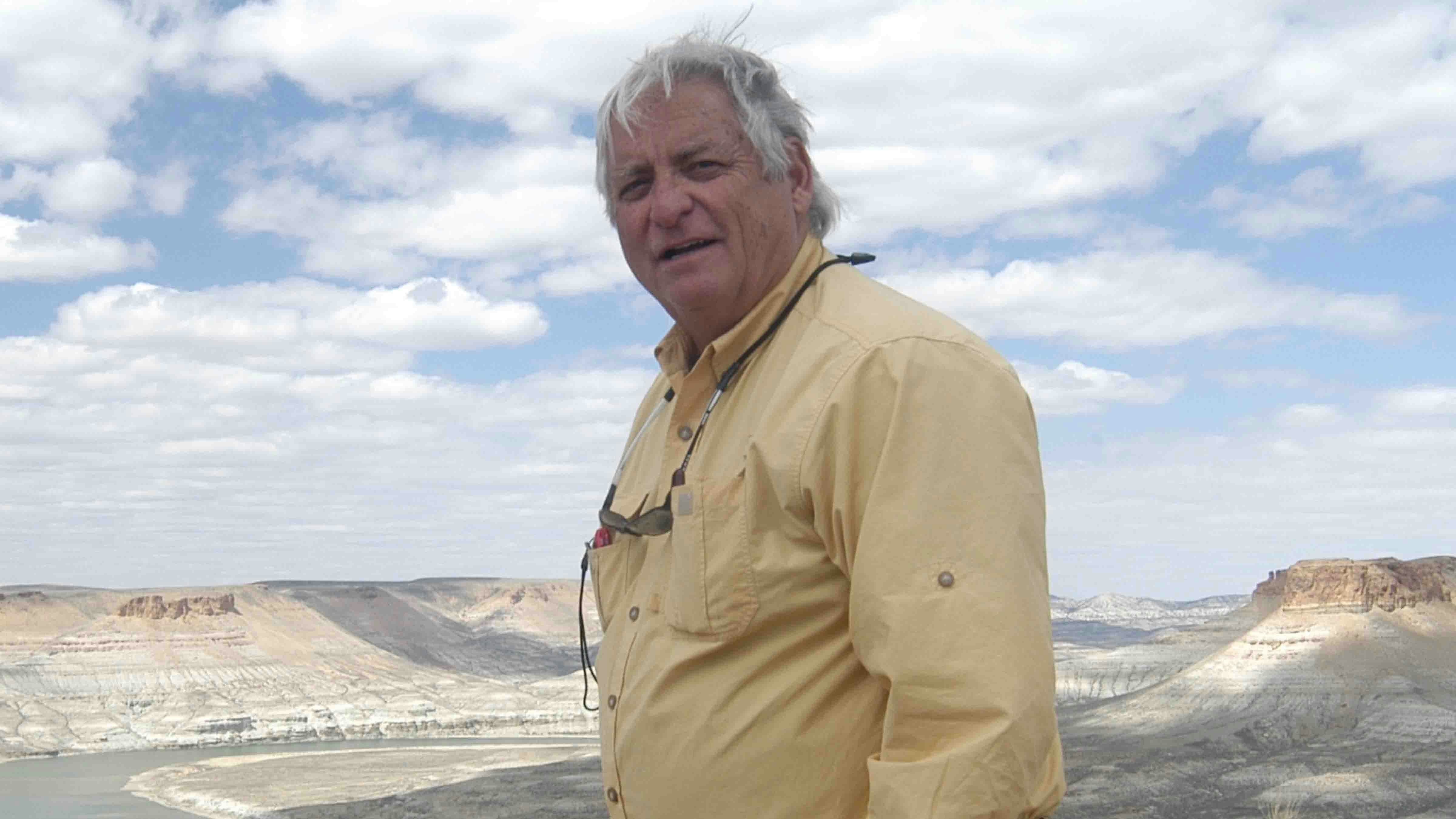Women everywhere will raise their eyebrows when they learn that Teton County Judge Melissa Owens, does not believe that preborn life exists. They may snicker and guffaw, but live-and-let-live Wyomingites are famously tolerant of strange and cultish beliefs. Just don’t impose them on others.
But that is what Owens did by overturning Wyoming’s Life Act and Chemical Abortion Ban. Her denial of life in the womb haunts the 35-page opinion like a ghost until it finally speaks on page 28. Owens intones, “[A] small group of prenatal cells. . . has only the potential of life” (§ 60). Only that. No more.
Until that point, I had been wondering why her many references to Wyoming Constitution, Art. 1, Sec. 38(a) cited only half of the sub-paragraph. In a case entirely about the meaning of those words, one would think that they would appear somewhere in the opinion. They never do.
So, let me quote it here: “Each competent adult shall have the right to make his or her own health care decisions. The parent, guardian or legal representative of any other natural person shall have the right to make health care decisions for that person.”
Expecting parents take their fetuses on prenatal visits to their doctor because they are representatives of the natural person who is growing in the womb. Owens refuses to acknowledge that truth. As a result, she banishes the fundamental rights of that natural person from her courtroom.
This is in stark contrast to the citizens of the state that she serves. They worked to balance the rights of two persons—the mother and the prenatal child. Through their elected lawmakers, they balanced them both in the Constitution and in the Life Act.
Owens tossed out that carefully worked-out balance by summarily rejecting the state’s “’two-patient’ paradigm in medicine” (§ 53).”
Our state was founded on the truth that “all members of the human race are equal” (Wyo. Const. Art. 1, Sec 2). Equality exists regardless of race, age, location, or size.
Lest there be any confusion, our legislature connected the dots, making the finding that, “As a consequence of an unborn baby being a member of the species homo sapiens from conception, the unborn baby is a member of the human race under article 1, section 2 of the Wyoming constitution” (35-6-121).
Prenatal life has constitutional rights in the state of Wyoming. That is a fact of law and of the Constitution. But nowhere is it disputed, refuted, or even acknowledged in Owens’ opinion.
For 49 years the Supreme Court of the United States (SCOTUS) illegitimately prevented the people of Wyoming from acting on this constitutional right. Then, in 2022, Dobbs corrected that mistake.
It held: “The Constitution does not confer a right to abortion; Roe and Casey are overruled; and the authority to regulate abortion is returned to the people and their elected representatives” (Dobbs v. Jackson, syllabus). Note that by returning authority to the state, SCOTUS does not give it to judges but to Wyoming’s elected representatives.
Notice, also, that Dobbs did not only overrule Roe v. Wade. It also overruled Casey v. Planned Parenthood. Roe illegitimately imposed an unbounded “right to abortion.” Casey illegitimately imposed the “viability standard.” SCOTUS vaporized both.
Referencing “viability” 128 times, SCOTUS concluded, “This elaborate scheme was the Court’s own brainchild. Neither party advocated the trimester framework; nor did either party or any amicus argue that ‘viability’ should mark the point at which the scope of the abortion right and a State’s regulatory authority should be substantially transformed” (Dobbs, Majority Opinion, 47).
SCOTUS nuked the “arbitrary viability line,” not as a sideshow, but as the main event. “We granted certiorari,” explains the Dobbs majority, “to resolve the question whether ‘all pre-viability prohibitions on elective abortions are unconstitutional’” (Majority, 8). They are not.
Owens seems to be unaware of this. In her concluding paragraph she reintroduces the discredited and disavowed concept of “viability.” She criticizes the people of Wyoming because they make “no distinction between a pre-viable and a viable fetus” (§ 74).
Right. Because there is also no legal distinction between a newborn and a two-month-old.
Owens also defies SCOTUS in another way. “The Court finds that the State’s interest is not compelling until such time as the fetus is viable…” (§ 60).
Dobbs explicitly ruled that a state’s “legitimate interests include respect for and preservation of prenatal life at all stages of development, the protection of maternal health and safety; the elimination of particularly gruesome or barbaric medical procedures; the preservation of the integrity of the medical profession; the mitigation of fetal pain; and the prevention of discrimination on the basis of race, sex, or disability” (Majority, 77-78, citations omitted).
Yet, Owens devotes half of her legal analysis to putting the Supreme Court on trial and denying each of these legitimate government interests. Curiously, she never once mentions that she is arguing against SCOTUS – even though the Life Act explicitly quotes these words from Dobbs.
SCOTUS ruled that laws regulating abortion “must be sustained if there is a rational basis on which the legislature could have thought that it would serve legitimate state interests” (Majority, 77).
But Owens can see no legitimate government interests because she cannot see that prenatal life even exists, her order indicates.
“Frustrating”? For sure. And, for the children stripped of rights, deadly.
Jonathan Lange is a Lutheran Church—Missouri Synod pastor in Evanston and Kemmerer and serves the Wyoming Pastors Network. Follow his blog at https://jonathanlange.substack.com/. Email: JLange64@protonmail.com.





